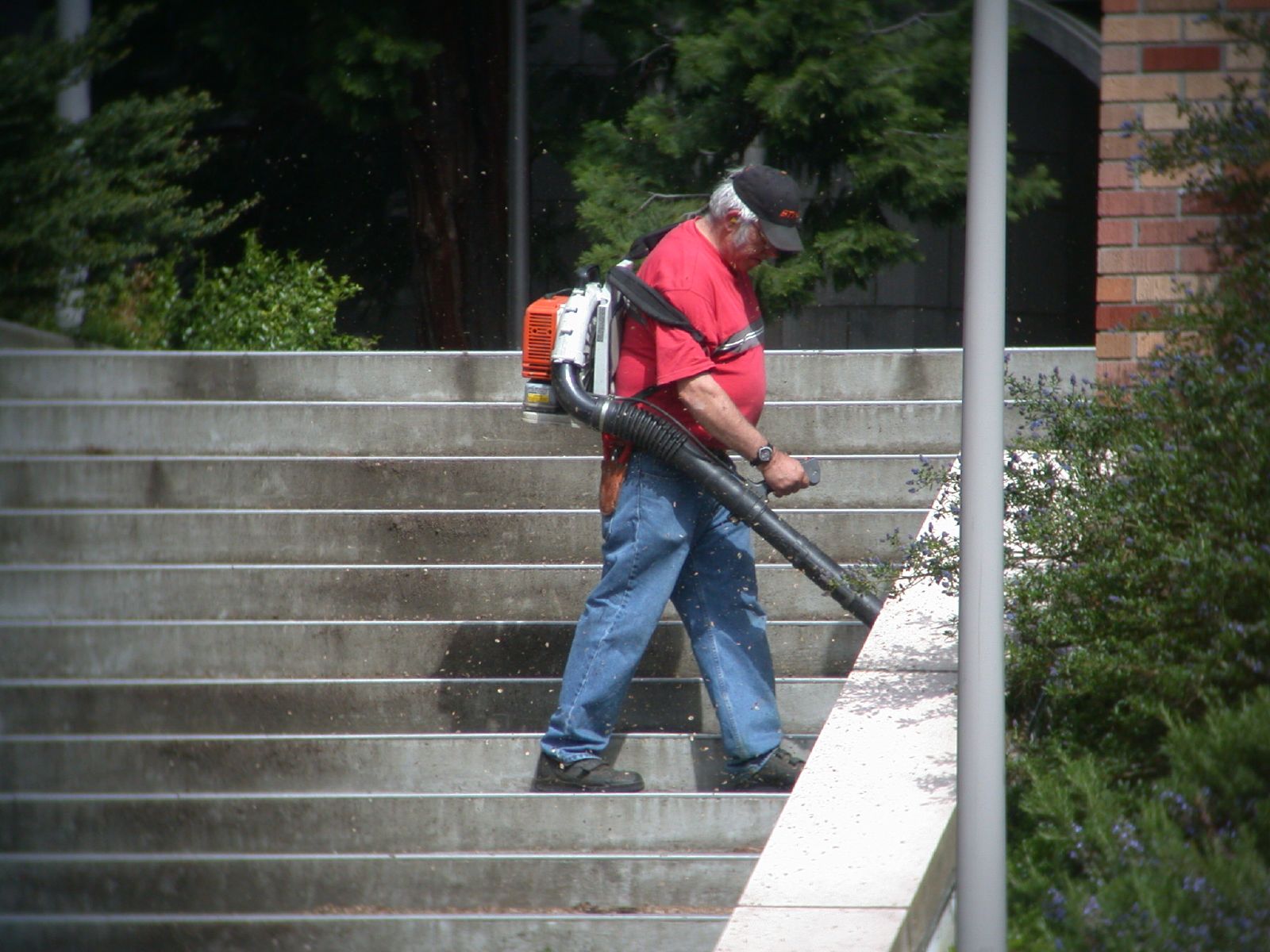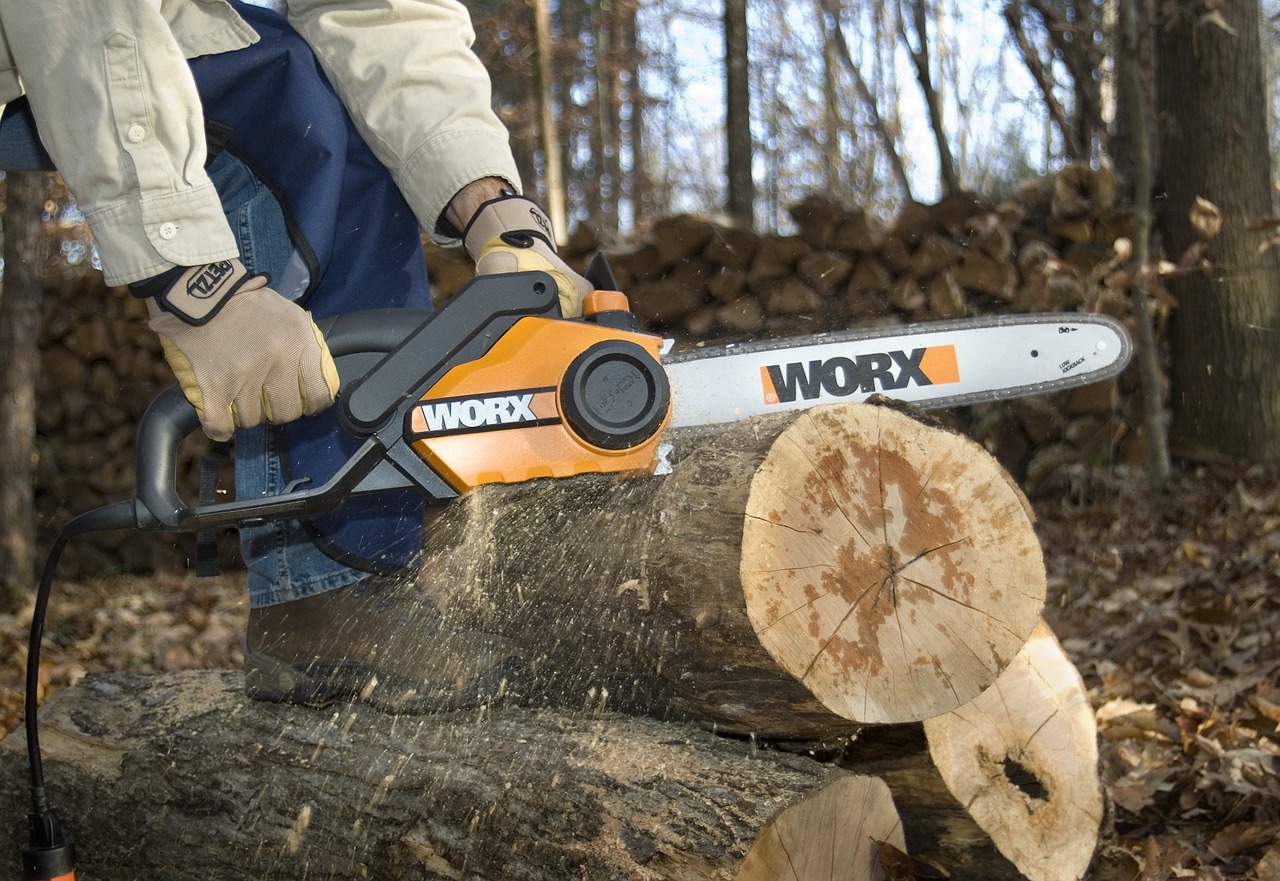Gas-Powered Leaf Blowers Leading the Charge

The familiar roar of gas-powered leaf blowers has become a divisive soundtrack in American neighborhoods. In January 2024, the State of California banned the sale of new small off-road engine-powered garden equipment (SORE), including leaf blowers, and Irvine has implemented noise restrictions and time limitations on leaf blower use. The movement isn’t stopping at California’s borders either.
North Bay Village banned gas-powered leaf blowers starting September 1, 2024, and Montgomery County banned sales of gas-powered equipment since July 1, 2024, with a complete prohibition on their use beginning January 1, 2025. Portland City Council voted in March 2024 to phase out the use of all gas-powered leaf blowers by 2028. The fines are no joke – violations carry a $500 fine in Montgomery County and similar penalties elsewhere.
Behind this regulatory wave lies a stark reality about pollution. According to the California Air Resources Board, operating a gas-powered leaf blower for one hour emits the same amount of pollution as a one-way trip from Los Angeles to Denver. With some 11 million gas-powered leaf blowers in operation in the United States, that’s a lot of noise and a lot of pollution.
Gas-Powered Lawn Mowers Following Close Behind

Your trusty gas-powered mower might be next on the chopping block. California’s ban includes lawn mowers, and the legislation took effect January 1, 2024, covering gas-powered lawn mowers manufactured after December 31, 2023. The financial impact on professionals is significant – a new electric commercial riding lawn mower could cost between $30,000 to $40,000.
With an estimated 2 million gas-powered tools in use by professionals across California, the state’s $30 million budget comes out to about $15 per piece of equipment. This means most businesses are largely on their own to handle the transition costs. Electric tools can come with a price premium of up to 50% for push mowers compared to their gas-powered counterparts.
The environmental case against gas mowers is compelling. Americans use 800 million gallons of gas each year mowing their lawns, and the EPA estimates that enough fuel is spilled in the refueling of gas-powered lawn equipment every year than was spilled by the Exxon-Valdez. Performance gaps between electric and gas models are narrowing rapidly, with the best battery mowers cutting every bit as well as their gas counterparts, and starting with ease.
Small Chainsaws Cutting Into Controversial Territory

Even small chainsaws aren’t escaping the regulatory crosshairs. California’s ban includes chainsaws, and starting as early as 2024, the state banned the sale of gas-powered chainsaws along with other equipment. The California ban specifically targets small chainsaws powered by small off-road engines.
Professional landscapers are struggling with the transition. One landscaping company owns around 50 gas-powered tools that could be impacted, and the state agency estimates it only has enough subsidy to give each self-employed gardener a 50% coupon for one tool. This leaves many professionals facing significant out-of-pocket expenses for equipment replacement.
In testing, electric chainsaws held their own against gas models, with the best actually outperforming larger gas saws. However, concerns remain about battery life and power for extended professional use. Some electric equipment is so new that demonstration models have given error codes and needed to be sent back to manufacturers for inspection, highlighting the growing pains of this technology transition.




